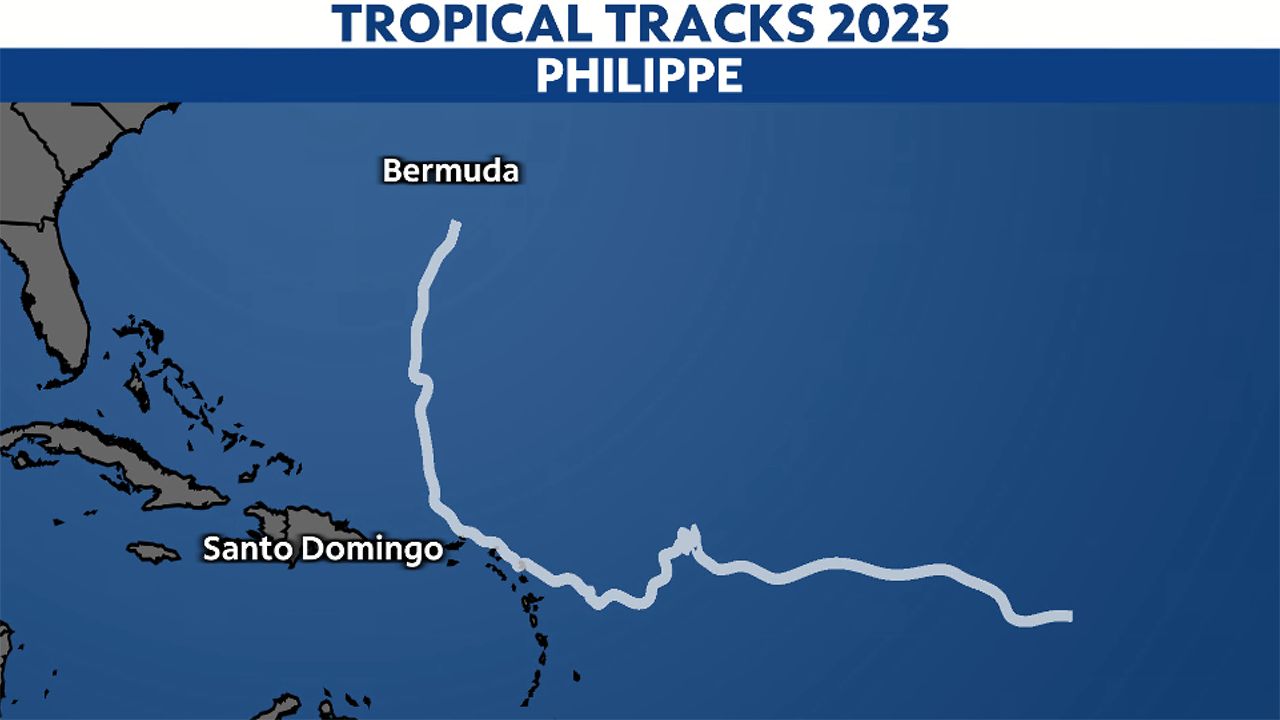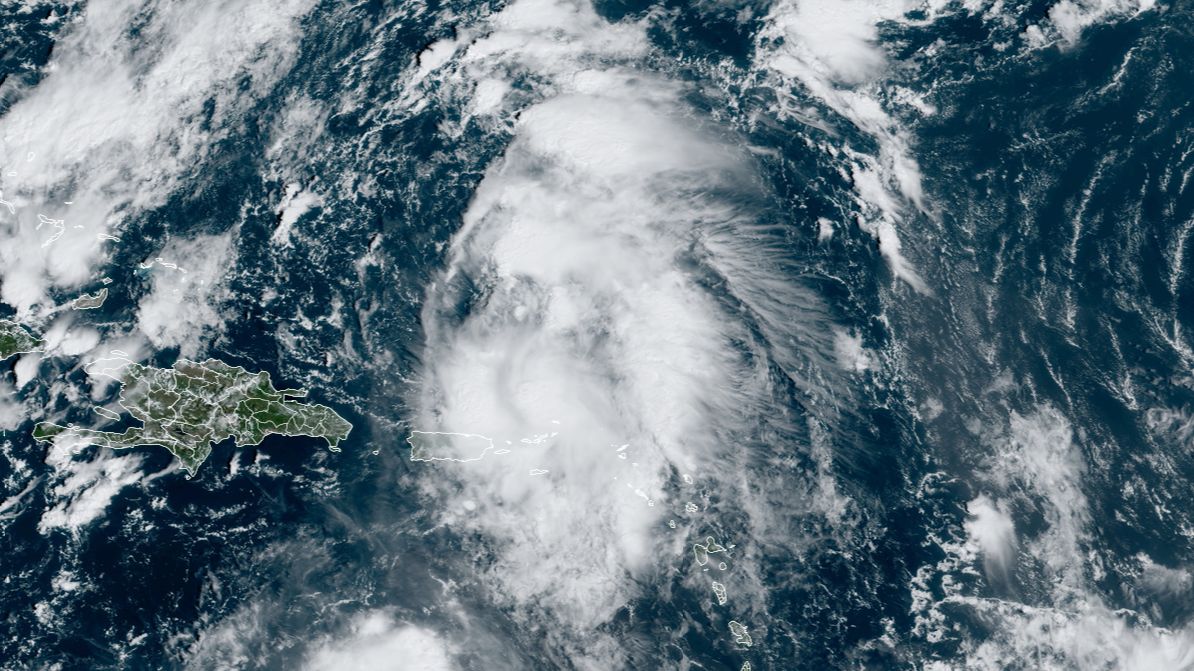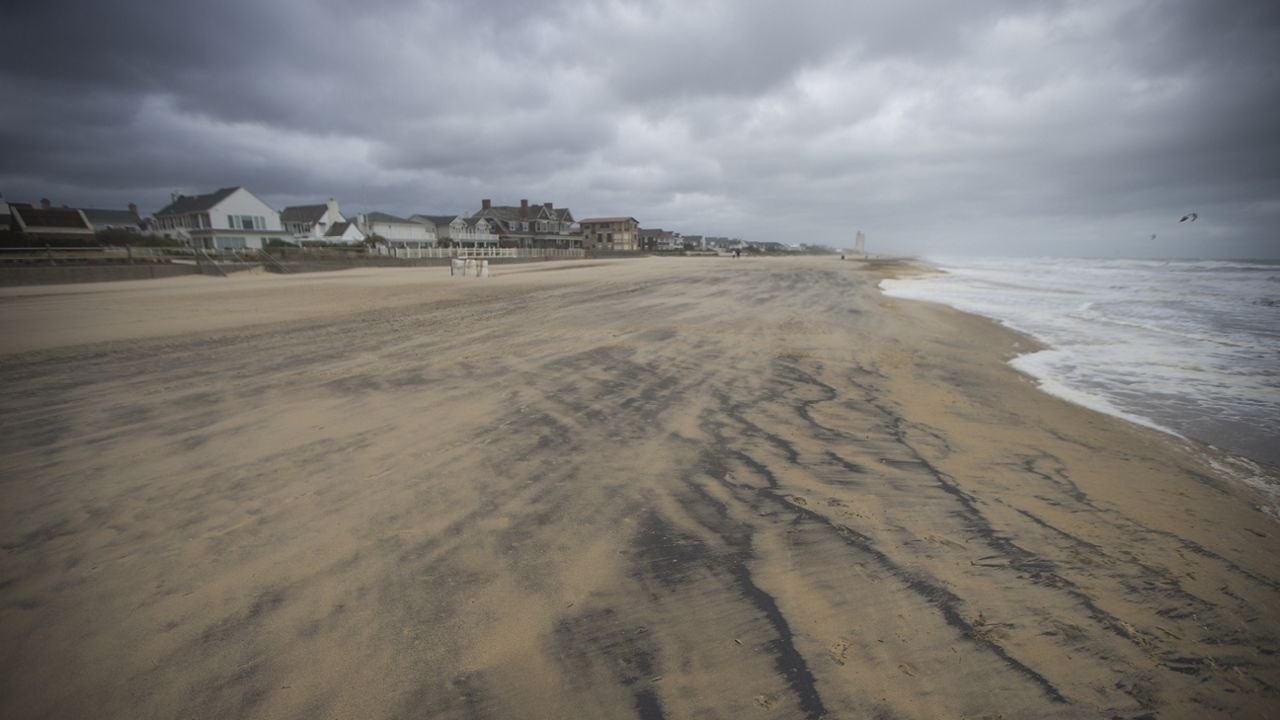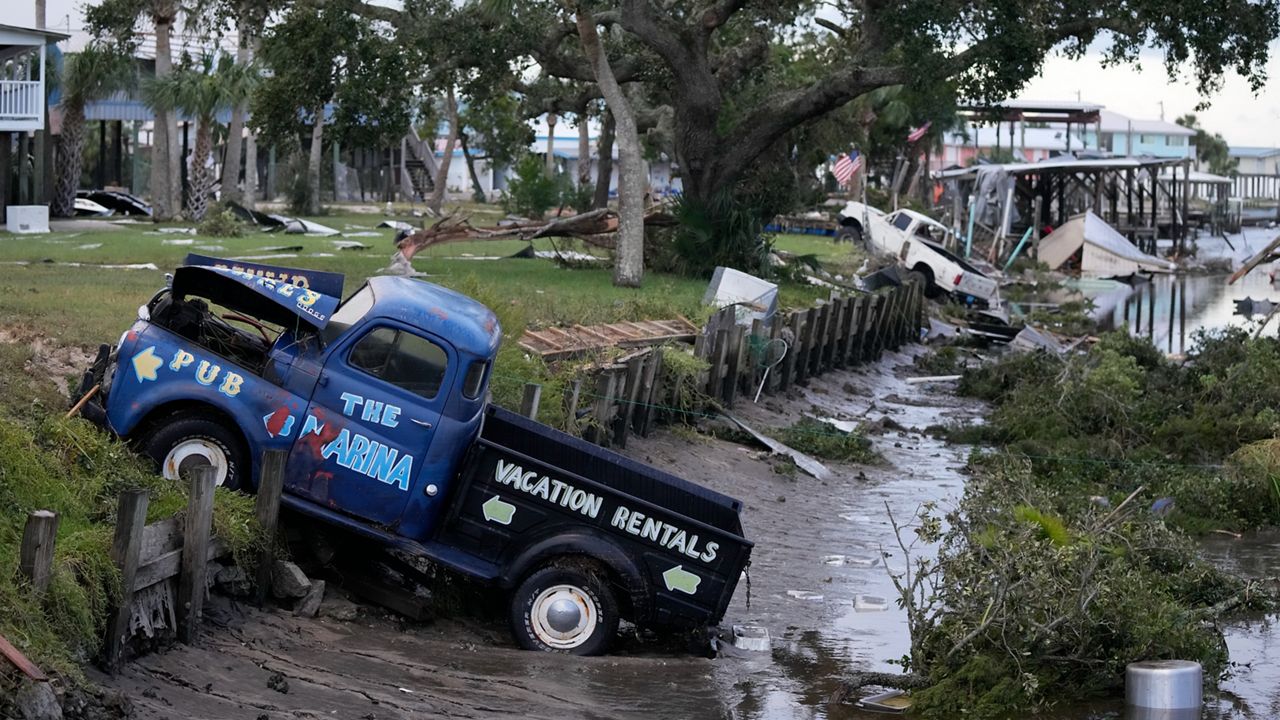Philippe formed over the central tropical Atlantic on Saturday, Sept. 23, becoming the sixteenth named storm of 2023 season.
The storm made landfall on the island of Barbuda on Oct. 2. Heavy rain and gusty winds occurred on several islands of the northeast Caribbean. Some schools in the U.S. Virgin Islands were closed for several days because of power outages, according to the Associated Press.

Philippe then tracked north toward Bermuda, but fizzled out just south of the island, becoming a post-tropical cyclone on Oct. 6. It still brought gusty winds and heavy rain to Bermuda.
Before it went post-tropical, Philippe stayed a tropical storm during its entirety.
The remnants of Philippe went on to affect parts of the Northeast a day later, when it merged with a non-tropical storm system. It especially impacted northern New England and southeastern Canada, where it brought heavy rain, powerful winds and high surf.
Rainfall totals ranged between 1 to 4 inches across Maine, with the highest adding up to and over 5 inches in parts of Waldo and Knox County.
In addition, winds also whipped across the state, with the strongest gusts reaching between 50 and 60 mph. A buoy near Bar Harbor measured a wind gust of 61 mph on the night of Oct. 7.
Even though the impacts were far less compared to Lee, saturated grounds, combined with high winds, led to downed trees and numerous power outages across northern and eastern Maine overnight on Oct. 7 into Oct. 8.
Along with the wind and rain, Philippe also brought dangerous rip currents and large-breaking waves along the entire coast of Maine, even after it became absorbed by the other system and moved into southeastern Canada.
Check here for a look at the 2023 Atlantic hurricane season so far.
Our team of meteorologists dives deep into the science of weather and breaks down timely weather data and information. To view more weather and climate stories, check out our weather blogs section.






